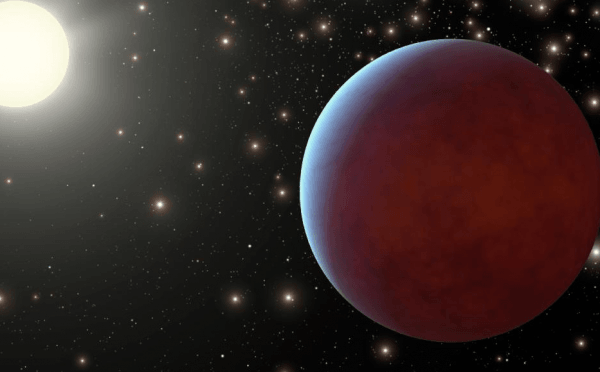Scientists at Arizona State University and the Southwest Research Institute (SwRI) have identified stellar phosphorus as a probable marker in narrowing the search for life in the cosmos and have developed techniques to identify stars likely to host exoplanets, based on the composition of stars known to have planets. They recently published their findings in Astrophysical Journal Letters.
“When searching for exoplanets and trying to see whether they are habitable, it’s important that a planet be alive with active cycles like volcanoes and plate tectonics,” said lead author and SwRI planetary astrophysicist and ASU alumna Natalie Hinkel.
Determining the elemental ratios for exoplanetary ecosystems is not yet possible, but it’s generally assumed that planets have compositions similar to those of their host stars. Scientists can measure the abundance of elements in a star spectroscopically, studying how light interacts with the elements in a star’s upper layers. Using these data, scientists can infer what a star’s orbiting planets are made of, using stellar composition as a proxy for the planet composition.
“The relative proportions of other elements produced and spread by supernova explosions have significant variations between stars,” said co-author and astrophysicist Patrick Young, an associate professor at ASU’s School of Earth and Space Exploration. “We should expect a range of phosphorus abundances that could have a big impact on the habitability of planets in different stellar systems.”
Contiinue reading at Arizona State University.
Image via NASA/JPL-Caltech.


